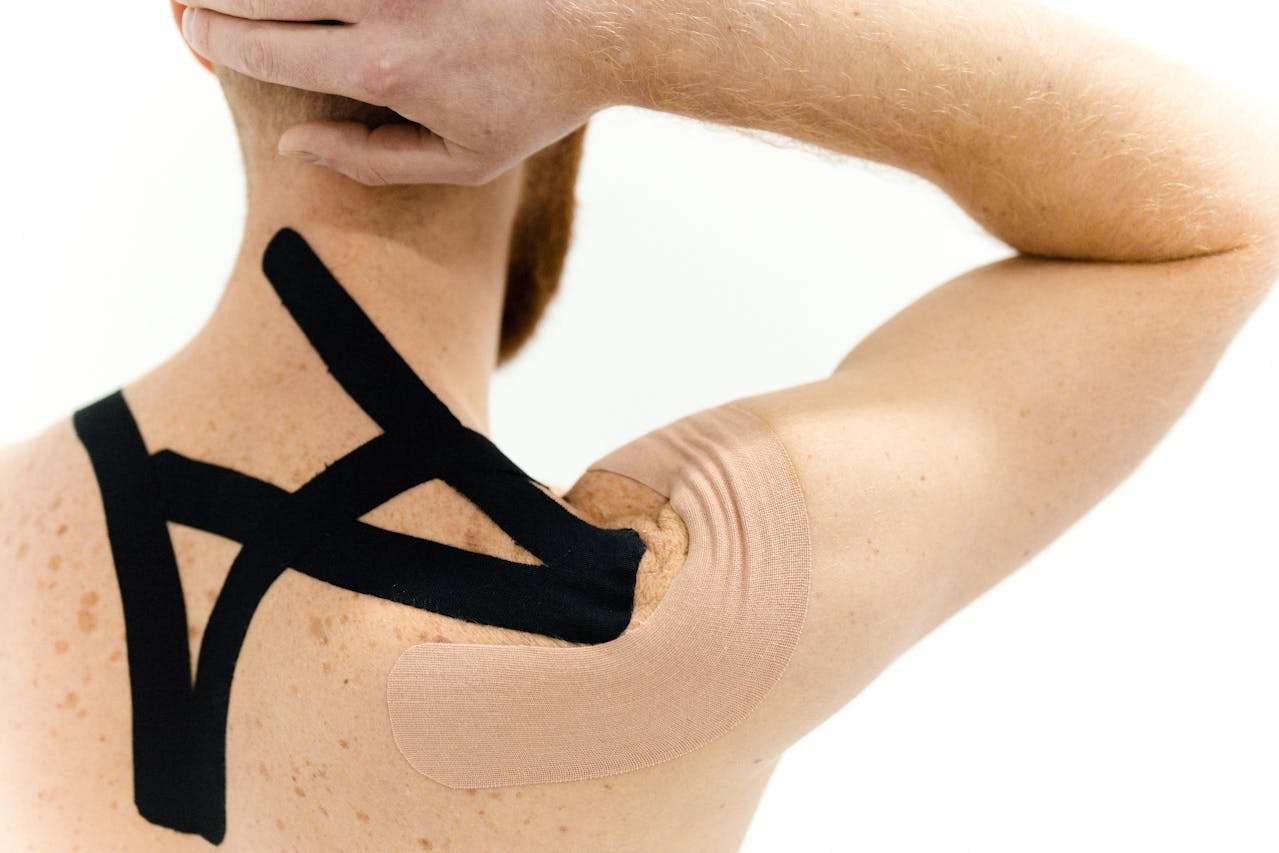Shoulder Injuries and Therapy: How Shoulder Health Impacts Hand Function and Recovery

December 6, 2024
Shoulder injuries can be both painful and debilitating, affecting a person’s ability to perform daily tasks and even impacting the function of the hands. Since the shoulder plays a crucial role in positioning the arm and hand, injuries can extend beyond just shoulder pain—leading to weakness, numbness, and restricted movement in the hand and fingers. Here, we’ll explore common shoulder injuries, how they can impact hand function, and how targeted therapy can help with recovery.
Common Types of Shoulder Injuries
The shoulder is a complex joint made up of bones, muscles, tendons, and ligaments that allow for a wide range of motion. This complexity also makes it vulnerable to injuries, which can affect the entire upper extremity. Common shoulder injuries include:
- Rotator Cuff Tears
The rotator cuff is a group of muscles and tendons that stabilize the shoulder joint. A tear in one of these tendons—often due to repetitive motion, heavy lifting, or trauma—can lead to pain, weakness, and limited arm movement. - Shoulder Impingement
Impingement occurs when shoulder tendons are compressed during arm movements, often causing pain, inflammation, and difficulty raising the arm. This injury is common in people with repetitive overhead activities, such as athletes and manual laborers. - Frozen Shoulder (Adhesive Capsulitis)
Frozen shoulder is a condition characterized by stiffness and restricted movement in the shoulder joint, often following an injury or prolonged immobility. This condition can make everyday tasks challenging and may radiate pain down the arm. - Shoulder Dislocation
A dislocated shoulder happens when the upper arm bone is forced out of the shoulder socket, typically due to a traumatic event. Dislocations can stretch or tear ligaments, leading to ongoing instability and weakness in the shoulder and arm. - Bursitis and Tendinitis
Inflammation of the shoulder’s bursae (bursitis) or tendons (tendinitis) can lead to pain and limited shoulder movement. This is usually due to overuse or repetitive motions.
How Shoulder Injuries Impact Hand Function
Although shoulder injuries primarily affect the shoulder, they can significantly impact hand and arm function as well. The shoulder helps position the arm in space, enabling precise hand movements. When shoulder function is compromised, it can lead to:
- Reduced Range of Motion: Limited shoulder movement can restrict the arm’s ability to reach or extend, making certain hand movements difficult.
- Weakness in the Arm and Hand: Shoulder injuries often lead to muscle weakness that extends down the arm, impacting grip strength and hand dexterity.
- Nerve Impairment: Certain shoulder injuries may compress nerves that extend to the hand, causing numbness, tingling, or weakness in the fingers and hand.
- Overcompensation by Other Muscles: With shoulder pain or restriction, other muscles may compensate, leading to fatigue and strain in the elbow, wrist, or hand.
Therapeutic Approaches for Shoulder Injuries
A comprehensive therapy plan for shoulder injuries often addresses both shoulder and hand function to ensure full recovery. Here’s how therapy can help:
1. Range of Motion Exercises
Restoring shoulder mobility is essential for regaining arm and hand function. Therapeutic exercises help restore range of motion, prevent stiffness, and prepare the shoulder to support hand movements.
2. Strengthening Exercises
A tailored strengthening program can help rebuild shoulder, arm, and hand strength. Strengthening exercises for the rotator cuff and surrounding muscles are crucial for stability, while grip and hand-strengthening exercises help restore functionality to the entire upper extremity.
3. Manual Therapy
Manual therapy techniques, such as joint mobilization and soft tissue massage, can help relieve pain and improve flexibility in the shoulder and arm. These techniques may reduce stiffness and promote blood flow, aiding in faster recovery.
4. Nerve Gliding Exercises
If nerve compression is present, therapists may incorporate nerve gliding exercises to help relieve numbness or tingling in the hand. These exercises encourage the nerves to move freely, reducing irritation and restoring sensation.
5. Functional Training and Ergonomic Advice
Therapists often guide patients on proper posture, ergonomics, and movement strategies to avoid further strain. Functional training focuses on improving daily tasks, like reaching, lifting, and grasping, to make everyday activities easier and pain-free.
Why Choose Hands for Living for Shoulder and Hand Therapy?
At Hands for Living, our skilled therapists understand the intricate connection between the shoulder, arm, and hand. We design comprehensive therapy plans tailored to each patient’s specific shoulder injury and recovery goals, addressing both shoulder and hand functionality. Our approach includes targeted exercises, pain management, and functional training to ensure you regain the mobility and strength needed for a full recovery.
Take Control of Your Recovery Journey
If a shoulder injury is affecting your arm and hand function, don’t wait to get help. Contact Hands for Living today to schedule an appointment and start on the path to recovery. Our team is dedicated to helping you regain strength, reduce pain, and restore function in your shoulder, arm, and hand.
For more information or to book an appointment.